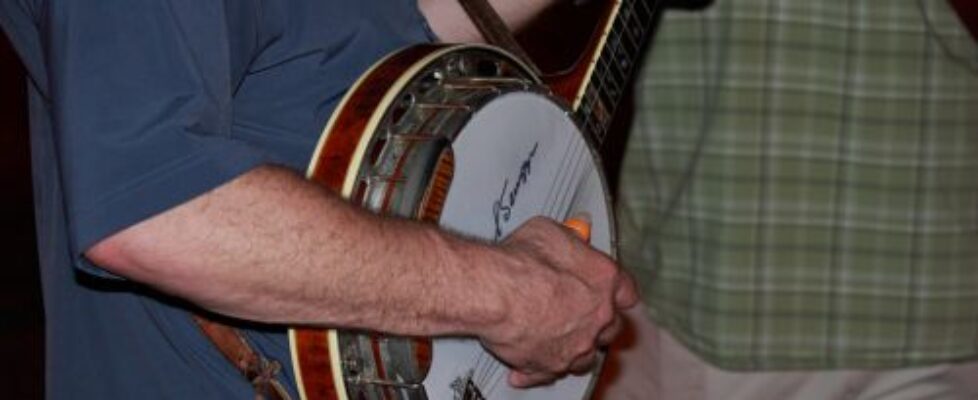Why Does a Banjo Sound Different from a Guitar?
There is significant confusion between the sound of electric banjo and guitar. Most people think both are similar, while only an expert can explain the difference between the sound of both.
The battle between the electric banjo and guitar is a tough one, especial if you are a new learner. To make the right choice between a banjo and guitar, consider the following factors.
Banjo Vs. Guitar – Key Difference
There is often a question, “How hard is it differentiate between the sound of banjo and guitar?” The answer is every musical instrument has its different learning curves and plateau points; an electrical banjo is probably the most comfortable stringed instrument compared to guitar.
It is a common misconception that the banjo is an instrument solely used for bluegrass. However, both the banjo and guitars are used in various genres, such as blues, jazz, folk, country, and even pop.
Difference In Sizes
The common difference between a banjo and a guitar lies in their sizes. The size of the electric banjo is smaller as compared to a guitar. Because of this reason, a banjo is much easier to play, especially for beginners who want to learn music. The strings of the guitar are farther from its fretboard; therefore, it is harder to play as a beginner. A player needs to be an expert to create notes and chords while playing the guitar.
Difference In Sound
Besides there differences in sizes, the banjo and guitar also have a different sound. A high-quality electric banjo produces a deep and soothing tone as compared to the guitar. The sound of the banjo is brighter and louder and increasingly popular even a hundred years ago. However, traditional bluegrass players still use banjo.
Difference In Strings
Although both banjo and guitar strings have a different number of their rows. The banjo has four or five strings; whereas, a guitar has six strings in it. Only the bass guitar has four strings in it. The more the number of strings a musical instrument has, the more difficult it is to play it, so playing the guitar is more complicated than a banjo.
Difficulty Level
When comparing to the difficulty level, playing guitar is more complicated than banjo because it has more strings. Banjo is also easier to play because its neck is smaller. Some banjos, like the electric ones, tend to be a bit heavy, especially for children.
The tuning of the banjo as a beginner will affect your ease of playing. The opening tuning of a banjo is called “open G Tuning.” Whereas, the guitar is tuned to “Standard,” which are notes E, A, D, G, B, E, which doesn’t create an open chord like the tuning of a banjo.
It means that whenever you plan a banjo and strum across the strings, it immediately makes a pleasant sound because the lines are tuned to one of the chords you will learn to play.
The banjo’s open tuning is much easier to get started playing because if you strum the strings on the banjo, it will sound good as you are playing a G chord. However, if you strum the open strings on a guitar, it will sound dissonant. As a beginner, without knowing anything on an electric banjo, you can play your first chord. Thus, you can then use simple bar chords to play all your significant chords up a banjo’s neck. On the other hand, on the guitar, you will have to contort your fingers into different shapes to play your first chord.
Style Of Music
Although the guitar is played in many music styles, the banjo is today as well. One of the biggest misconceptions about the banjo is that it can only use for bluegrass or folk music. In the modern era, musicians are using banjo in all the music styles- rock, jazz, blues, classical, country, and even hip-pop. An electric banjo is a versatile instrument than a guitar, but it is much easier to get started for beginners.
